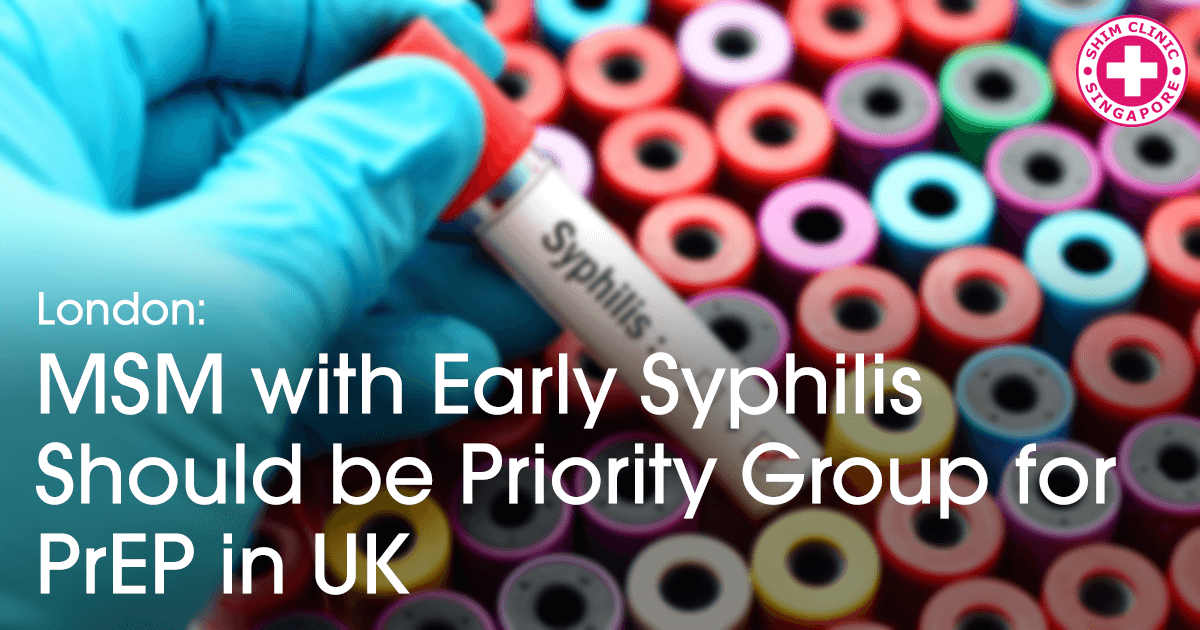A study recently published Sexually Transmitted Infections has recommended that men having sex with men (MSM) and gay men who have been diagnosed with syphilis in the recent past should be a factor when considering the use of HIV pre-exposure prophylaxis (PrEP).
The study that did a two year follow up on men diagnosed with early stage syphilis found that 11% of them subsequently got infected with HIV. Results from the study indicated a high rate of rectal sexually transmitted infections and syphilis reinfection incidences.
The researchers said that the study was full proof that early stage syphilis is a risk factor for HIV infections in MSMs. They therefore, recommended urgent and intensive risk reduction and the use of PrEP as an effective measure to protect HIV negative MSMs with early stage syphilis from getting infected with HIV.
PrEP Highly Effective in HIV Prevention
Numerous clinical trials and follow ups on current use of PrEP have shown the drug to have a high success rate of 99% in reducing the risk of HIV infection if used correctly.
Even with such positive numbers, access to this game-changing drug is still limited globally. In the UK there is limited access to PrEP through the NHS with Scotland being the only country in the UK providing full PrEP treatment. While work is being done to make this treatment more widely assessable, it is currently necessary to identify those at greatest risk of HIV infection and making them a priority when it becomes available.
It’s for this reason that the researchers in London conducted the study to find out the characteristics of MSM who had been diagnosed with early stage syphilis. Early syphilis here includes primary, secondary or latent stages.
The study also observed the MSMs subsequent incidence of STIs and HIV. The study was conducted at an STI clinic in Soho, central London. Majority of the clinic’s patients are MSMs.
The study involved 206 men diagnosed with early stage syphilis in the months of January and June in 2014. Their median age of the study population was 35 years.
42% of the study participants indicated that they had recently used drugs during sexual activity what is popularly referred to as ‘chemsex’.
47% of those who were diagnosed with syphilis diagnosis were HIV-positive and their median age was 37. On the other hand 53% were HIV-negative with a median age of 32 years. 93% of those diagnosed with early stage syphilis received intramuscular benzathine penicillin to treat the STD.
More men who were HIV positive went on to get infected with several STIs compared to those who were HIV negative. Common STIs among the HIV positive population included rectal chlamydia, rectal gonorrhoea and syphilis reinfection.
Risk Factors Key in Identifying Appropriate Prevention Measures
The HIV negative population was also monitored for subsequent HIV infection. 11% of them were later diagnosed with HIV.
The researchers emphasised the need to identify key HIV risk factors in order to provide better targeted HIV prevention methods especially in a situation where there are limited financial resources.
Different sexual risk factors call for different preventive methods including HIV PEP and it’s thus important that researchers understand what are the key HIV risk factors in different high risk populations.
It’s also important to emphasize that though PrEP is efficient in preventing HIV infection, it does not offer any form of protection against STIs such as syphilis. Preventing STDs should also be as important as preventing HIV and should always get tested for STDs at our trusted STD clinic.
Source: US National Library of Medicine National Institutes of Health

